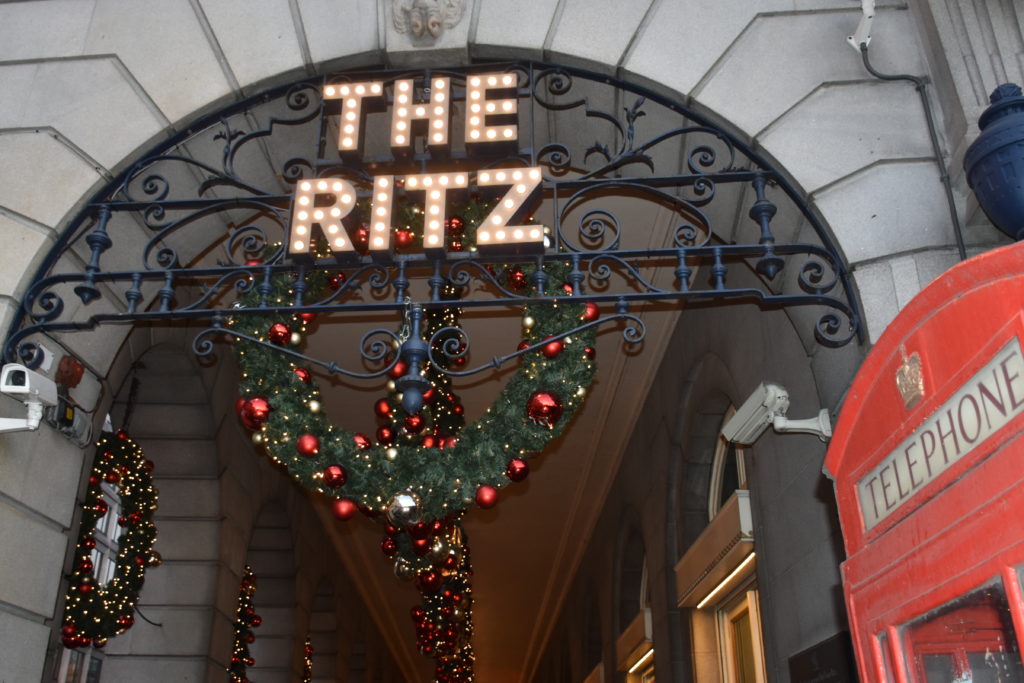The world stood on the brink of an unprecedented and unexpected transformation. A cascade of events, including a World War, a devastating pandemic, and a global economic depression, swiftly erased most of the opulence that defined the Gilded Age.
As the turn of the century approached, the Gilded Age seemed poised for a grand culmination. Yet, before its dramatic unraveling, the era’s titans of industry left behind a glimpse of their world: the magnificent Grande Dame hotels and the inaugural era of extravagant travel.
“Record-Breaking Extravagance”
The allure of the Gilded Age is experiencing a resurgence in popularity, driven in part by the miniseries of the same name, created by Julian Fellowes, set in Gilded Age New York. While introducing his new series, Mr. Fellowes remarked, “This was a vibrant era marked by astonishing rises to power and catastrophic falls, characterized by unparalleled extravagance and fierce rivalries.” These aspects make for captivating storytelling and serve as even greater inspiration for those interested in exploring the world of the Gilded Age.
When Mark Twain first coined the term “Gilded Age,” it was not intended as a compliment. In the United Kingdom, it was known as the Edwardian Era, and in France, it was the Belle Époque. These names evoke images of a time when travelers ventured across the globe in pursuit of social status, bragging rights, shopping, marriage, business opportunities, health retreats, or refuge from scandal. The comforts available at the newly constructed hotels could rival, if not surpass, those of one’s own home. Transatlantic voyages became social events in their own right aboard elegant ocean liners. The dawn of the 20th century marked what could be considered the golden age of travel—or the “first” golden age of travel.
The Grande Dame hotels were the ultimate status symbols for the newly affluent of the Gilded Age, and several remain among the most coveted destinations today. Three cities stood at the epicenter of the social whirlwind of the era: New York City, London, and Paris.
New York City
New York City witnessed the initial surge in hotel competition, driven by a familial rivalry between the Astor family members, who vied to outdo one another in hotel construction. Today, we continue to benefit from their spirited competition. Some of the top choices for experiencing the opulence of that period in New York City today include the St. Regis, The Plaza, and the Lotte New York Palace Hotel.
London
In London, during the Edwardian era, King Edward VII set the standard for extravagance and made it socially acceptable to be seen in public hotels. His favorites, which continue to charm visitors today, include The Savoy, St. Pancras, the Ritz, and Claridge’s.
Paris
Paris was an essential stop on any continental journey, and many travelers found it difficult to leave. The Louvre may have been the stated reason for their visit, but the fashion houses, extravagant parties, and luxurious hotels were the true draws. Many of these hotels were constructed to accommodate visitors to the Paris Exposition of 1889 and The Exposition Universelle of 1900, events often credited with sparking the Belle Époque era.
For those eager to capture the splendor of turn-of-the-century Paris on their next trip, top recommendations include The Ritz Paris (the original Ritz), Le Meurice, Le Crillon, and the Hotel du Louvre. At the Hotel du Louvre, Emile Zola penned his writings about the era, and Pissarro painted scenes from his window, immortalizing the period’s essence.




